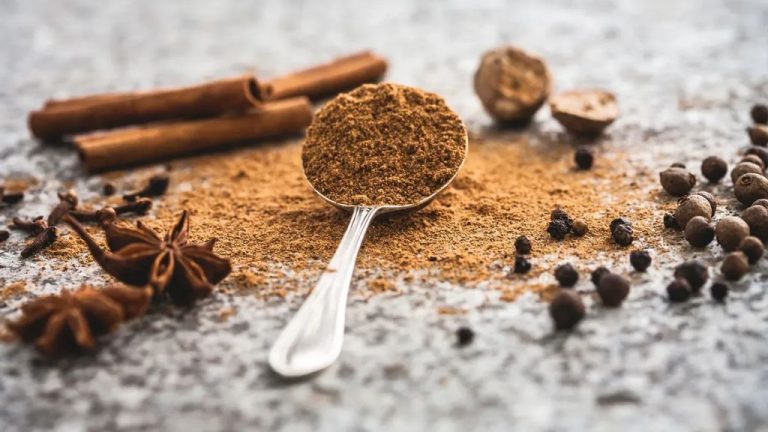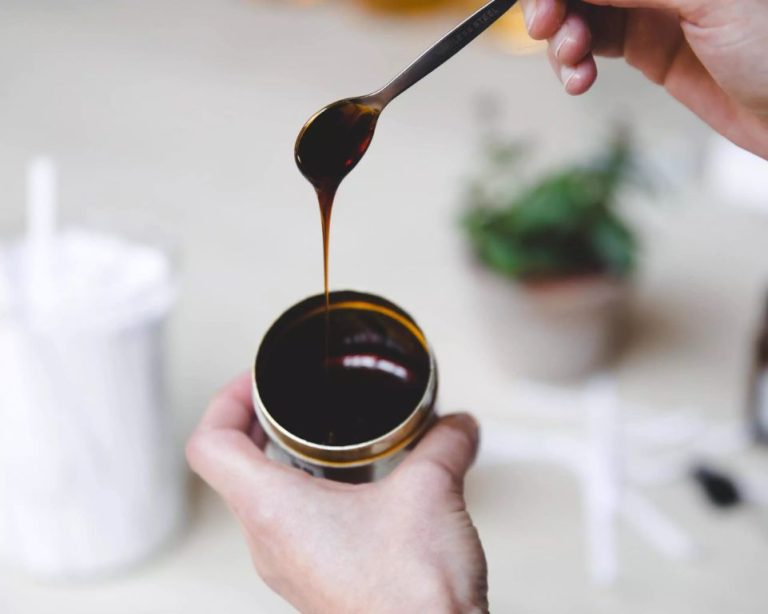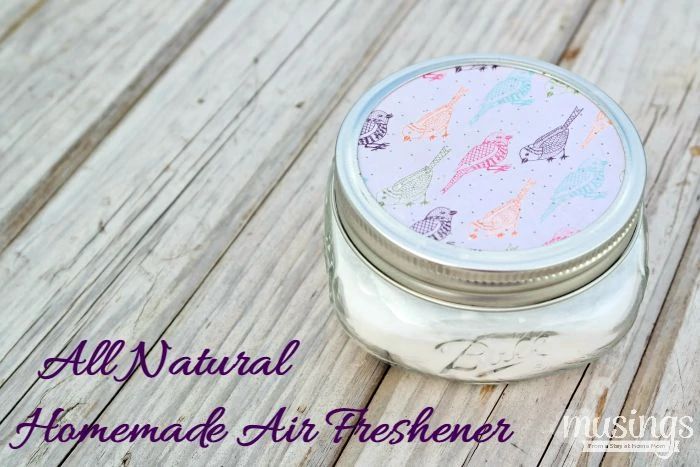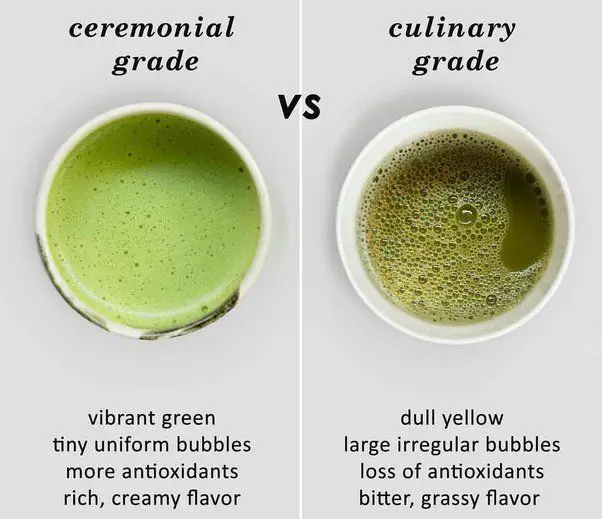What Does Sage And Lemongrass Smell Like?
Introducing Sage and Lemongrass
Sage and lemongrass are two aromatic herbs that have long been used for both culinary and medicinal purposes. Sage (Salvia officinalis) is a perennial evergreen herb that originated in the Mediterranean region. It has soft, green-gray leaves and a distinctive woodsy, slightly bitter flavor. Lemongrass (Cymbopogon citratus) is a tropical grass that grows in warm climates like Southeast Asia. It has long, green stalks that can reach 3-4 feet tall. When cut, lemongrass releases a sharp, lemony aroma.
Both sage and lemongrass have a long history of use as seasoning and natural remedies. Sage was used since ancient times as a culinary herb and as a medicine believed to improve memory, relieve pain, and protect against illness. Records of lemongrass use date back to India over 5,000 years ago, where it was highly valued for its healing properties and distinctive citrus flavor. Over time, both herbs spread to other parts of the world and became integral ingredients in various global cuisines.
The Appearance of Sage and Lemongrass
Sage and lemongrass have very distinct appearances that set them apart from other herbs. Sage leaves are oblong or lance-shaped, and about 1-3 inches long with smooth edges. The leaves are silver-green in color with small fine hairs covering them – fresh sage has a velvety texture. The stems are woody at the base and green farther up.
Fresh lemongrass is very different looking. It has bright, pale green stalks that are about 1/2 inch thick and 12-18 inches long. The base is slightly bulbous and has a pale yellow-green color. Lemongrass leaves are long, slender, and blade-like, emerging in clumps from the stalks and ranging from 1-2 feet in length. The leaves are green on top and have a paler underside.
When comparing sage and lemongrass side by side, the most noticeable differences are the colors and shapes of the leaves. Sage has velvety, silver-green oblong leaves, while lemongrass has smooth, bright green grass-like leaves.
Harvesting and Preparing Sage and Lemongrass
Both sage and lemongrass require some prep work before they can be used, whether for cooking or other purposes. Here’s an overview of how each herb is typically harvested and prepared:
Sage
Sage is relatively easy to grow and harvest. The leaves can be picked as needed throughout the growing season. To dry sage for storage and future use, the stems are cut right before the leaves are fully opened and then bundled together. The bundles are hung upside down in a warm, dry, dark place for around 2 weeks until the leaves are crisp. Once dried, the leaves easily crumble off the stems. The dried leaves are then stored in airtight containers. Dried or fresh, sage leaves are ready to use as an aromatic herb in dishes like stuffing, pork, and pasta.
Lemongrass
Lemongrass is a tropical plant grown as an annual in temperate climates. To harvest lemongrass, the stalks are cut close to the ground. The tough outer layers are peeled away, leaving the tender inner core. The bottom 4-6 inches of the stalk is the part containing the most flavor. Lemongrass stalks can be used fresh, or cut into pieces and dried. To dry, the sliced pieces are laid out in a single layer and turned regularly until thoroughly dried. Dried lemongrass is commonly ground into a powder. To prepare lemongrass for cooking, the stalks are bruised with a knife or mallet to release the essential oils and flavor. Lemongrass is widely used in Thai, Vietnamese, and other Asian cuisines for its bright, citrusy flavor.
The Aromas of Sage and Lemongrass
Sage and lemongrass each have their own unique and distinctive aromas. Sage has a robust, herbaceous scent redolent of pine and eucalyptus with slight floral undertones. The aroma of sage can be described as fresh, green, and piney with hints of camphor and lemon. When rubbed or bruised, the grey-green leaves of sage release their fragrant oils and fill the air with their classic herbal perfume.
Lemongrass on the other hand has a bright, citrusy fragrance reminiscent of lemons and ginger. The scent of lemongrass is refreshing and uplifting with subtle woody undertones. Lemongrass aroma can be characterized as lemony, zesty, and tangy with an underlying grassy, earthy tone. The aromatic oils in the long leaves and stalks of the lemongrass plant give it its distinct citrus scent, reminiscent of lemon peels and lemon zest.
While both sage and lemongrass have herbal aromas, sage is more pungent and pine-like while lemongrass has a more pronounced fruity, citrus fragrance. However, both herbs can infuse dishes, beverages, and cosmetics with their unique and evocative scents.
The Compounds Responsible for the Aromas
The complex aromas of sage and lemongrass come from a variety of aromatic compounds. The major groups of compounds responsible for the signature scents are:
Terpenes
Terpenes are hydrocarbons found in the essential oils of plants, including sage and lemongrass. The dominant terpenes in sage are alpha-thujone, beta-thujone, camphor, and 1,8-cineole, which give sage its herbal, pine-like aroma. Lemongrass contains high amounts of citral, a terpene that provides its intense lemony fragrance.
Esters
Esters are aromatic compounds formed from the reaction of alcohols and acids. In sage, esters like linalyl acetate add floral, fruity nuances. Lemongrass has methyl and ethyl esters that impart a delicate, sweet scent.
Alcohols
Alcohols are another family of aroma molecules found in essential oils. The key alcohols in sage are linalool, providing floral notes, and thujyl alcohol, which has a herbal aroma. Lemongrass contains citronellol, a major component responsible for its lemon-lime fragrance.
The complex blend and ratios of these terpenes, esters, alcohols, and other aromatic compounds create the unique, dynamic scents of sage and lemongrass.
Culinary Uses of Sage and Lemongrass
Sage and lemongrass are frequently used herbs in many cuisines around the world to add robust, earthy flavors to dishes.
Sage is a staple herb in Italian, Balkan, Middle Eastern, and British cuisines. It is commonly used to flavor pasta sauces, risottos, roasts, stuffings, sausages, and rich meats like lamb, duck, and pork. The herb pairs wonderfully with pumpkin, squash, beans, lentils, and strong cheeses like parmesan. Sage is the distinguishing flavor in classics like sausage stuffing, sage butter, and saltimbocca alla Romana (veal cutlets with sage).
Lemongrass is essential to Southeast Asian cuisines, especially those of Vietnam, Thailand, Cambodia, Laos, and Malaysia. It is used in soups, curries, stir fries, and marinades to lend a bright, citrusy flavor. Popular lemongrass-flavored dishes include tom yum soup, Vietnamese pho, Thai green curry, Malaysian laksa, Cambodia’s amok fish, and larb salad. The herb is also used to scent poultry, seafood, beef, and noodle dishes in the region. Lemongrass tea is a popular beverage. Outside of Southeast Asia, lemongrass is gaining popularity in Caribbean cuisine as well.
Both sage and lemongrass add robust, complex layers of flavor when used properly in cuisine. Their unique aromas and flavors make them indispensable to various regional cooking traditions around the world.
Medicinal Properties of Sage and Lemongrass
Sage and lemongrass have long been used for their healing properties in traditional medicine systems around the world. Archaeological evidence shows that sage was used medicinally as far back as the Ancient Egyptians. In traditional Chinese medicine, sage is considered to have cooling properties and is used to help relieve inflammatory conditions and fevers. Lemongrass is widely used in Ayurvedic medicine in India as a remedy for fever, cough, and digestive issues.
Modern scientific research has begun to investigate the potential health benefits of the phytochemicals found in sage and lemongrass. Some studies have shown that sage may possess antioxidant, anti-inflammatory, and antimicrobial effects. The essential oils in sage have been researched for benefits on cognitive function and memory. Lemongrass contains compounds like citral and geranial which have demonstrated antioxidant, anti-fungal, and sedative properties in studies. More clinical research is still needed to fully validate the traditional medicinal uses of these herbs.
While promising, it’s important to note that using sage and lemongrass medicinally can cause side effects or interact with medications at high doses. As with any herbal supplement, it’s best to consult your doctor before using sage or lemongrass therapeutically.
Other Uses of Sage and Lemongrass
In addition to their culinary applications, sage and lemongrass have a number of other useful properties thanks to their aromatic compounds. Here are some of the top non-culinary uses of these herbs:
Both sage and lemongrass are popular ingredients in aromatherapy. Sage has an earthy, woodsy fragrance that is said to have clarifying and uplifting effects. Lemongrass has a bright, citrusy aroma that is known for being refreshing and stress-relieving. The essential oils of these herbs are commonly used in diffusers, perfumes, soaps and candles.
These herbs are also valued in skin care. Sage contains antioxidant, anti-inflammatory and antimicrobial properties that make it useful in treating skin conditions and preserving youthful skin. Lemongrass is added to cleansers, toners and creams for its natural astringent and toning properties. It helps control oil production, tighten pores and improve skin elasticity.
Sage and lemongrass are both used to help promote hair growth and health. Sage is rich in vitamin A which stimulates hair follicles, while lemongrass cleanses hair follicles, strengthens strands and boosts volume. These herbs are often ingredients in commercial and homemade shampoos, rinses, masks and serums for hair.
With their insect-repelling abilities, sage and lemongrass serve as natural solutions for pest control. Lemongrass oil in particular is an effective repellent against mosquitoes, ants and roaches. Burning sage has long been thought to drive away negative energy or spirits. Both herbs are common additions to purification rituals and ceremonies.
From aromatherapy to skin care to pest control, sage and lemongrass have diverse applications beyond cooking. Their aromatic compounds make them beneficial in a variety of formulations for health, beauty and the home.
Growing Sage and Lemongrass
Both sage and lemongrass are relatively easy herbs to grow at home with proper care. Here are some best practices for cultivating these aromatic plants:
Climate
Sage thrives in hot, dry climates and does not tolerate humidity well. Lemongrass prefers tropical or subtropical climates with hot temperatures. Both plants can be grown as annuals in colder climates.
Soil
Well-draining soil is crucial. Sage requires slightly alkaline soil with a pH between 6.5-7.5. Lemongrass needs loamy soil and does well in clay. Add organic compost to enrich the soil before planting.
Sunlight
Full sunlight is ideal for both sage and lemongrass. Provide at least 6 hours of direct sun daily.
Water
Water sage sparingly, allowing the soil to dry out between waterings. Lemongrass needs more frequent watering, about 1-2 inches per week. But avoid soggy soil.
With proper climate, soil, sunlight and water care, it is certainly possible for home gardeners to cultivate their own sage and lemongrass. Pay close attention to each plant’s specific needs for optimal growth.
Conclusion
Sage and lemongrass both have distinct herbal and citrusy aromas that come from the natural oils and compounds within their leaves and stems. While they visually look quite different, with sage’s fuzzy silver-green leaves and lemongrass’ tall, blond stalks, their scents play an important role in cuisine, medicine, and beyond.
The main takeaways are that sage has a woodsy, herbal scent from thujone, camphor, and other ketones, while lemongrass contains high amounts of citral, imparting a potent lemony fragrance. Their aromas stimulate appetite, enhance mood, and elicit strong memories. Studies show scents like these can reduce stress, uplift mood, and trigger recalls of past experiences or emotions. Beyond cooking, the natural oils in sage and lemongrass have antibacterial, anti-fungal, and calming properties.
Overall, these aromatic herbs exemplify how plant compounds can provide both pleasant scents and therapeutic benefits. Their uniqueness reminds us of nature’s complexity and the way smell transports us across time and space.





